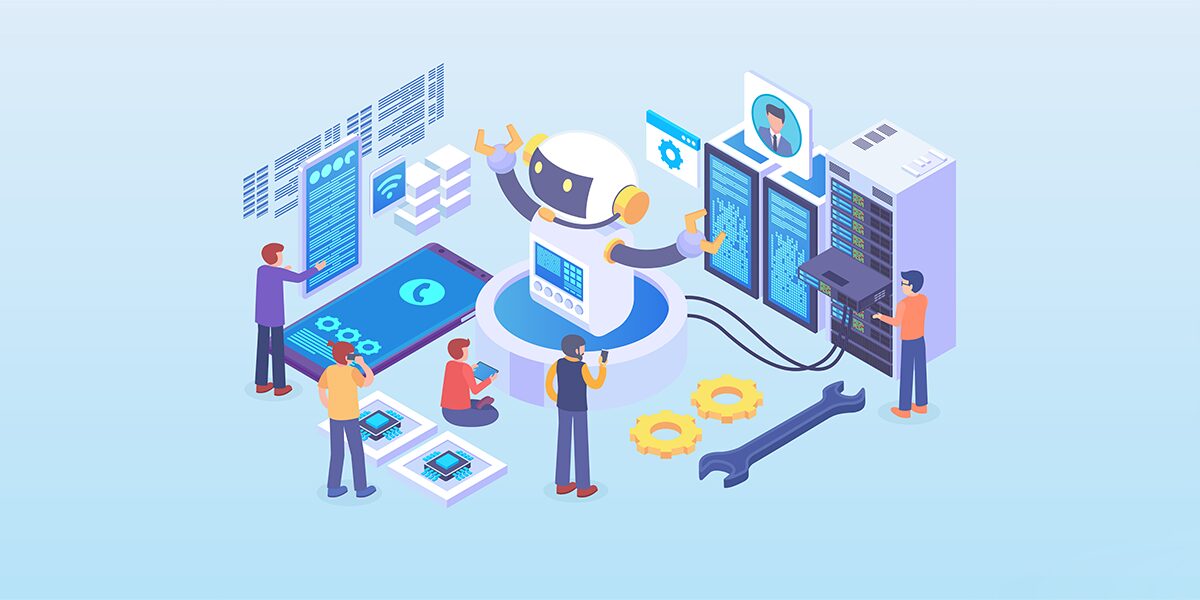Choosing the Right Technology Stack for Your Web Development Project

The success of your web development project can be strongly influenced by the technology stack you select. Choosing the ideal front-end, back-end, and database technologies is essential in today’s dynamic digital environment, where user experience and performance are key.
This article explores the critical function of technology stacks and clarifies how the choice of a stack affects scalability and functionality. It will teach you how to negotiate the difficult decision-making process and put your project on the right track by looking at important factors and real-world examples.
What Is the Technology Stack?

A systematic set of programming languages, frameworks, libraries, and other resources needed to create and maintain online applications is called a “technology stack.” The stack, which consists of front-end, back-end, and database components, serves as the framework for the growth of a project.
The stack choice significantly impacts performance, scalability, and developer productivity. Understanding and selecting the appropriate stack is essential for building reliable and effective web solutions suited to project objectives.
Key Considerations for Stack Selection
Several important aspects are taken into consideration when choosing the best technological stack. Every factor is crucial in determining the performance and success of your project. What you should remember is this:
Project Requirements and Objectives

Understanding your project’s specific needs and goals is crucial for choosing the right technology stack. To ensure alignment with the appropriate technology, web development services determine the nature of your website or application, whether it falls under social media, e-commerce, or another area.
Choosing a stack that can support future expansion also requires predicting the user traffic and scalability requirements. The selection process will be guided by your performance objectives, which should include metrics and responsiveness goals, and will ultimately determine the course of your web development project.
Development Team Proficiency
Evaluating your development team’s skill in navigating the complex world of technology stacks is equally important. Assess their knowledge of various programming languages and frameworks for smooth development.
Utilize prior knowledge of particular technology to shorten the learning curve and increase productivity.
A successful stack selection that complements your team’s skills and strengths requires balancing implementing new technologies and preserving the team’s capacity to fulfill project deadlines.
Budgetary and Resource Constraints

One of the most important aspects of choosing a technological stack is navigating financial and resource limitations.
Consider potential costs associated with software licenses and proprietary technologies, ensuring they fit your budget. Check whether competent developers are proficient in the chosen stack, as their knowledge can affect development speed.
Given your resource constraints, include hosting, server, and infrastructure expenditures to ensure your chosen stack is workable. You can identify a technological stack that not only fits the requirements of your project but also corresponds with your financial and resource limitations by proactively controlling these limits.
Time-to-Market Strategy
A well-crafted time-to-market strategy is indispensable in technology stack selection. Opt for frameworks that facilitate rapid development, enabling quicker product launches and competitive advantage.
Leveraging existing third-party libraries and plugins can accelerate development cycles, reducing time-to-market.
Moreover, ensure your chosen stack aligns with agile methodologies, promoting iterative development and adaptability.
By integrating these strategies, you can expedite the development process, seize market opportunities swiftly, and create a robust and timely product that meets user demands.
Long-Term Viability and Adaptability

The success and durability of your technology stack decision are largely determined by the long-term sustainability and adaptability of the ASP.NET development services you choose. Consider these points for choosing ASP.NET services:
- Evaluate changing technological trends to ensure your chosen stack is relevant.
- Scalability should be evaluated to account for future growth and changing ASP.NET requirements.
- Investigate options for integration and seamless upgrade paths to avoid technological obsolescence.
- Prioritise ASP.NET communities that are active in receiving ongoing support, updates, and problem-solving assistance. Taking care of these issues establishes a solid basis for your ASP.NET development, supporting long-term success and adaptability in a constantly evolving digital environment.
Conclusion
In conclusion, the appropriate technology stack is a crucial choice in the complex web development process. It creates the foundation for a project’s functionality, scalability, and effectiveness.
You can successfully negotiate this challenging environment by carefully analyzing the project requirements, team expertise, financial limitations, time-to-market tactics, and long-term viability.
Building a digital solution with the right stack will also pave the way for future growth, innovation, and long-term success in web development.




